Trump tariffs spare no country; Asia and Europe are hit harder
Published in Political News
President Donald Trump is imposing tariffs on U.S. trading partners worldwide, his biggest assault yet on a global economic system he has long bemoaned as unfair.
Trump said Wednesday he will apply a minimum 10% tariff on all exporters to the U.S. and slap additional duties on around 60 nations with the largest trade imbalances with the U.S. That includes substantially higher rates on some of the country’s biggest trading partners, such as China — which now faces a tariff of at least 54% on many goods — the European Union and Vietnam.
“For years, hard-working American citizens were forced to sit on the sidelines as other nations got rich and powerful, much of it at our expense. But now it’s our turn to prosper,” Trump said during an event in the White House Rose Garden.
The higher “reciprocal” rates targeting nations the Trump administration labels the worst offenders are based on a government tally of the levies and non-tariff barriers those countries impose on US goods. Under Trump’s plan, those countries facing higher, customized rates will be hit with a levy equal to one-half of that calculated amount.
The baseline import taxes will take effect after midnight Saturday and the higher duties will kick in at 12:01 a.m. on April 9, a White House statement said. Canada and Mexico already face 25% tariffs tied to drug trafficking and illegal migration; those will remain in place and the U.S.’s two largest trading partners will not be subject to the new tariff regime as long as the separate tariffs are in effect. Exemptions on goods covered by the USMCA North American trade agreement Trump brokered in his first term will stay.
The move marks a dramatic escalation of Trump’s trade war, threatening to draw immediate retaliation from US trading partners. It makes good on months of promises from Trump, who has embraced tariffs as a tool for asserting US power, rebalancing trade relationships, reviving American manufacturing and exacting geopolitical concessions. It’s also a stark break from a decades-long effort following World War II to lower trade barriers as a way to foster commercial ties between nations and prevent armed conflicts.
The president’s announcement set off declines of 2% or more in equity benchmarks that had rallied for days on hopes his plan would be more lenient. Automaker shares fell after regular trading in New York, before paring losses. Crude oil in New York opened lower, falling by about 2%. The U.S. relies on European shipments of fuel to meet demand in the East Coast, where there are few refineries remaining. The US also exports crude to countries.
Mary Lovely, a senior fellow at the Peterson Institute for International Economics, said the tariffs Trump announced Wednesday were “much worse than we feared.” Just how they would be administered was unclear, she said, and there were “huge implications for rerouting of trade” globally.
With China, the 34% levy calculated as part of Trump’s reciprocal plan stacks on top of an existing 20% duty tied to fentanyl trafficking, as well as tariffs on items such as solar panels that are already in place. That means many Chinese imports could face tariffs well above 50%. A tariff rate of 54% on goods from China could lead to a 90% decrease in exports to the US by 2030, based on previous estimates by Bloomberg Economics.
The European Union will have a 20% levy and Vietnam is seeing a 46% tariff, White House documents showed. Others slapped with larger tariffs include Japan at 24%, South Korea at 25%, India at 26%, Cambodia at 49% and Taiwan at 32%. In an act of showmanship, Trump brandished large boards during his 48-minute address that displayed each nation’s new tariff rate.
“Asian countries in particular look like they are in the line of fire,” said Wendy Cutler of the Asia Society Policy Institute.
The president sought to frame his tariff plan as friendly to American blue-collar workers, who largely supported him during his 2024 race. He was joined in the Rose Garden by union members and workers from the steel, oil, gas and auto industries, according to a White House official, and one retired autoworker who attended his campaign rallies even spoke on stage.
Trump declared a national emergency tied to the US trade deficit, which stood at more than $918 billion for goods and services in 2024, allowing him to use unilateral authority under the International Emergency Economic Powers Act to impose the most sweeping set of tariffs in generations. The administration is aiming to collect hundreds of billions of dollars in revenue from the new levies to fill government coffers ahead of its push to cut taxes on Americans.
“The administrations’ tariffs have no basis in logic, and they go against the basis of our two nation’s partnership. This is not the act of a friend,” Australian Prime Minister Anthony Albanese said during a press conference following the announcement, though added he would not respond with countermeasures.
Trump’s move could also intensify the U.S.-China rivalry. Global and Chinese firms had been shifting production to Vietnam, Cambodia and other countries in Asia from China to avoid the effects of tariffs from the previous trade fight during Trump’s first term, but those nations have now also been hit with tariffs almost as high as those on China, undermining future diversification efforts.
Yet Trump’s plan is also narrower than some of the other options his team considered, including a 20% full global tariff. The president and his aides deliberated back-and-forth about which plan to enact until just hours before he announced the tariffs.
Steel, aluminum, and automobiles already subject to Trump’s duties will not face reciprocal tariffs, according to a White House document. Copper, pharmaceuticals, semiconductors, and lumber products expected to soon be hit with a tariff investigation under Section 232 of the Trade Expansion Act will also be exempt, as are bullion and energy not available in the US.
In the event the existing Canada and Mexico tariffs are terminated, USMCA-compliant goods would continue to receive preferable treatment while items not covered by the agreement would be subject to a 12% tariff, a White House statement said.
Trump cast the tariff rates as benevolent relative to barriers erected by other countries against US-made goods, though it was unclear how the administration arrived at those figures.
“This is not full reciprocal. This is kind reciprocal,” Trump said.
Trump indicated he would consider lowering rates if other nations took measures that help U.S. exports, urging foreign leaders to “terminate your own tariffs, drop your barriers” and “don’t manipulate your currencies.”
Treasury Secretary Scott Bessent pressed U.S. trading partners not to take retaliatory steps against Trump’s reciprocal tariffs.
“I wouldn’t try to retaliate,” Bessent said in an interview Wednesday with Bloomberg Television. “As long as you don’t retaliate, this is the high end of the number.”
The president’s move is a historic gamble that is expected to raise the cost of trillions of dollars in goods shipped annually to the US from other countries. It also could ignite a worldwide trade war, marked by tit-for-tat strikes that destabilize supply chains, stoke inflation, embolden America’s economic rivals and encourage foreign powers to form new alliances that exclude the US.
That dynamic presents a political problem for Trump: economic hurt from the tariffs in the form of higher prices could come quickly, many economists warn, while any gain from a restructured US economy could take years or longer to materialize. Others say inflationary impacts could be muted.
“The preliminary numbers are definitely more than we were expecting” and could boost the prices of some imported goods, said Veronica Clark, an economist at Citigroup Inc. “But in general we haven’t been as worried about broader inflation spillover because demand is weaker.”
Trump and his trade advisers argue the tariffs will encourage companies to shift manufacturing operations to the US, rebuild the country’s industrial base and create jobs. In the interim, they have begged the public for patience, saying that any short-term economic pain will be worth it to reshape the economy.
That could be a tough sell to Americans long weary of inflation, the issue that helped propel Trump to the White House. U.S. consumer confidence in March fell to its lowest level since early 2021. More than half of U.S. adults disapprove of Trump’s handling of the economy and inflation, and nearly two-thirds said his administration has not focused enough on lowering prices, according to a CBS News/YouGov poll.
______
(With assistance from Hadriana Lowenkron, Annmarie Hordern, James Mayger, Ben Westcott, Shawn Donnan, Augusta Saraiva and Amara Omeokwe.)
©2025 Bloomberg L.P. Visit bloomberg.com. Distributed by Tribune Content Agency, LLC.
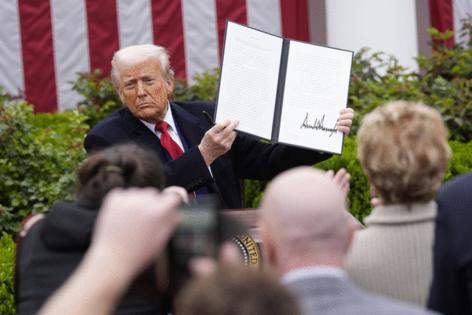


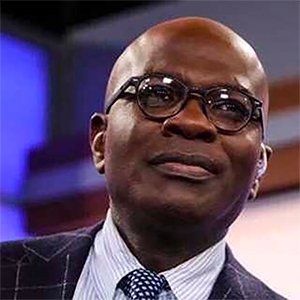



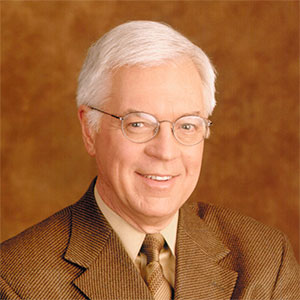

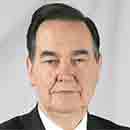

















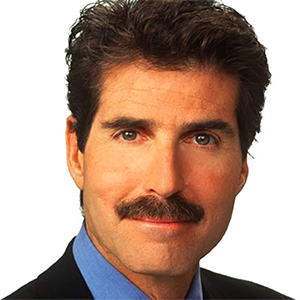

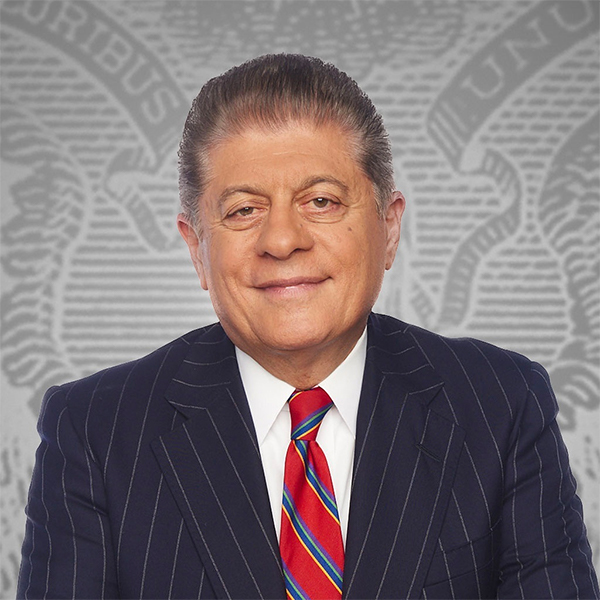



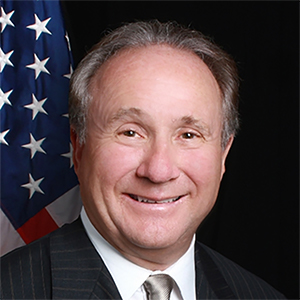

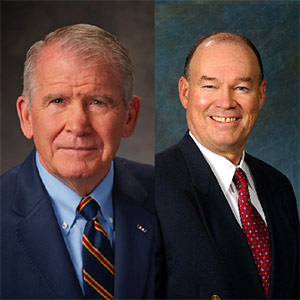

















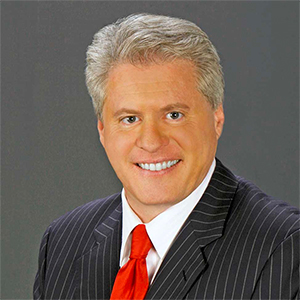
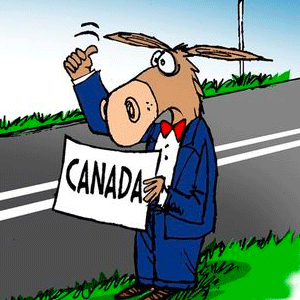
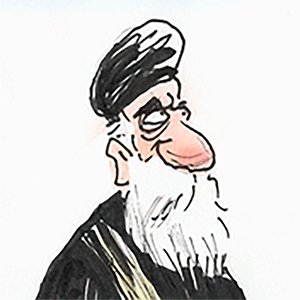

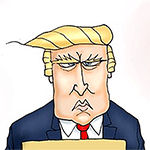


Comments